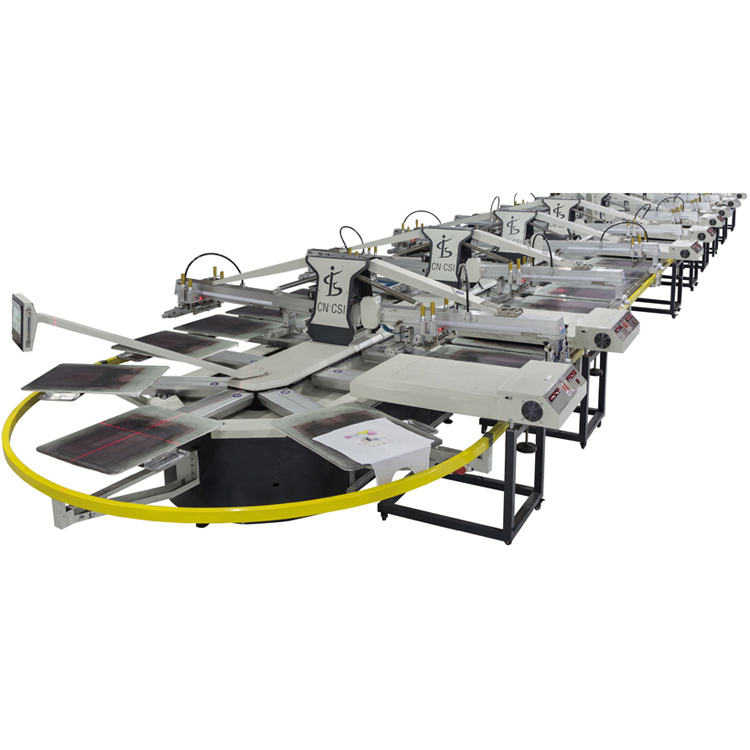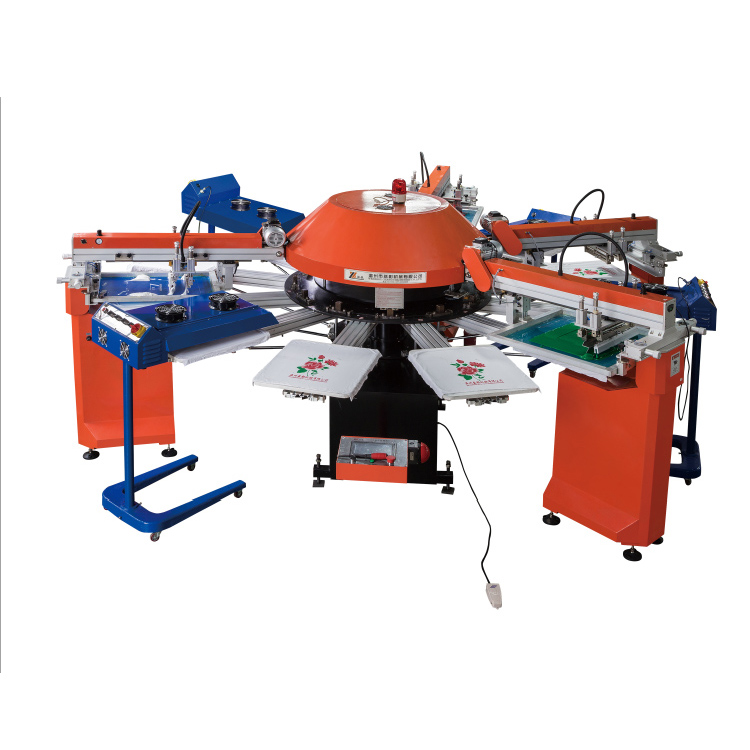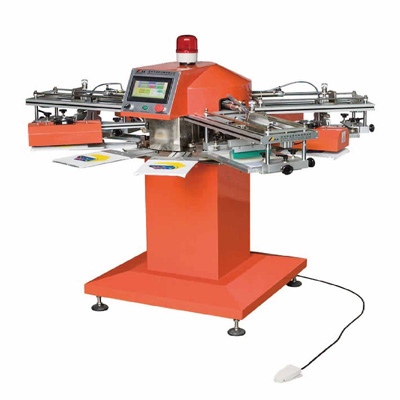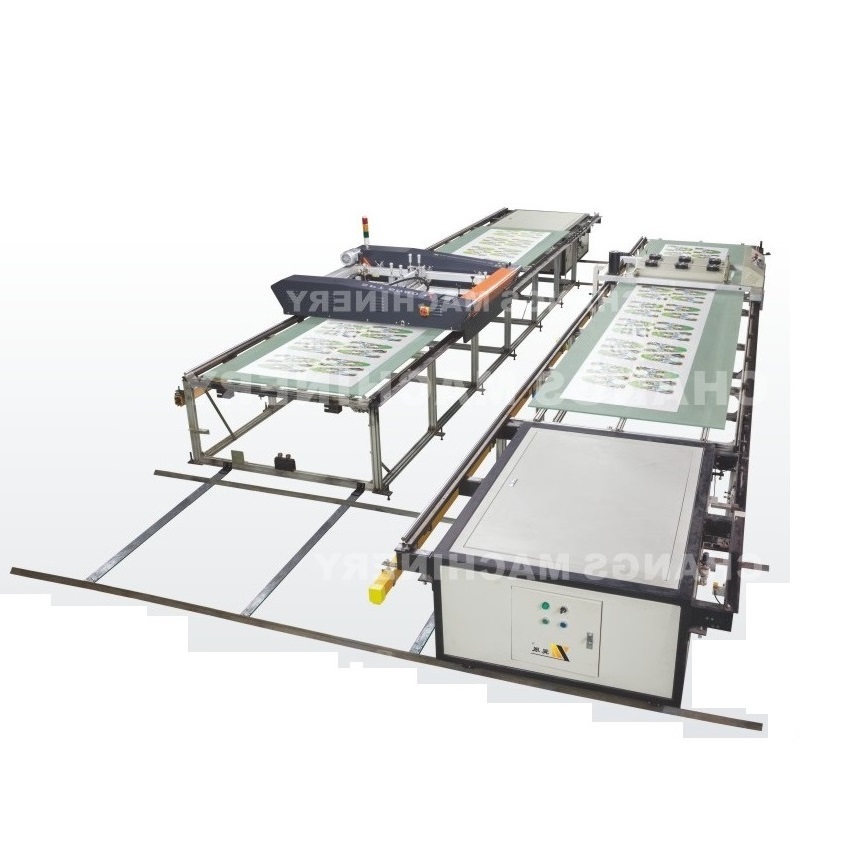Pad Printer is a device for printing on irregular surfaces, widely applied in electronics, toys, and automotive parts industries. Its unique printing process consists of multiple steps, each significantly influencing the final printing quality.
I. Pad Printing Plate Preparation
1. Material Selection
Common plate - making materials for pad printing include metals like steel, copper, stainless steel, and photosensitive resins. Metal plates, with their good wear - and corrosion - resistance, suit long - run printing. Photosensitive resin plates, on the other hand, are fast to produce and cost - effective, making them ideal for short - run and small - batch jobs. When choosing materials, factors such as printing requirements, cost, and plate lifespan must be considered.
2. Plate - making Process
The main methods are etching and laser plate - making. Etching creates ink - storage areas by chemically corroding designed patterns into metal plates. Precise control of the etching solution's concentration, temperature, and time is essential for pattern accuracy and depth. Laser plate - making uses high - energy laser beams to engrave patterns directly, enabling higher precision and more complex designs, especially for fine printing.
II. Ink Management
Ink selection depends on the substrate material, printed pattern requirements, and printing environment. For plastic surfaces, inks need good adhesion and flexibility to prevent peeling during plastic deformation. Food - packaging printing requires food - safe inks. Before printing, the ink is prepared by adding diluents or thickeners to adjust viscosity for smooth transfer. Additives like desiccants and defoamers may also be used to enhance drying and printing effects. Continuous stirring is necessary to ensure ink uniformity, as uneven ink can cause color inconsistencies and blurred patterns.
III. Pad Printing Head Operation and Maintenance
Pad printing heads, usually made of silica gel, come in different hardnesses and shapes for various tasks. Softer heads are flexible, suitable for complex curved and soft substrates, while harder ones offer more accurate ink transfer for fine patterns. Regular inspection and maintenance are crucial as heads gradually wear out during use. After each print, they should be cleaned to remove remaining ink and prevent damage. Obvious wear or deformation calls for timely replacement to ensure printing accuracy.
IV. Printing Process Control
Printing pressure is a key factor for ink transfer and quality. Too low pressure leads to light, unclear patterns, while too high pressure can over - deform the pad and damage the substrate. The pressure should be precisely adjusted according to the substrate and ink characteristics. Printing speed also affects quality. Excessive speed may cause uneven ink transfer and pattern defects, while too slow a speed reduces efficiency. Thus, it must be adjusted to ensure stable ink transfer. For multi - color or precision - positioning jobs, positioning and registration are vital. Pad printers are equipped with positioning devices, and multi - color printing requires a registration system to avoid misalignment.
V. Post - processing
After printing, the products need drying to cure the ink. Natural drying, suitable for slow - drying inks, is low - cost but time - consuming. Hot - air drying speeds up the process but may affect product dimensional stability. Ultraviolet drying, using UV irradiation to react with photosensitizers in the ink, offers fast drying and high efficiency for high - speed - drying - requirement tasks. Quality inspection, a key step, involves checking pattern clarity, color accuracy, ink adhesion, and printing position. Inspections can be done manually or with professional equipment, and unqualified products should be reworked or scrapped promptly.
Pad Printer processes, from plate - making to post - processing, demand strict control and precise operation to ensure quality and meet diverse industry needs. Operators should accumulate experience and adjust parameters for optimal results.







